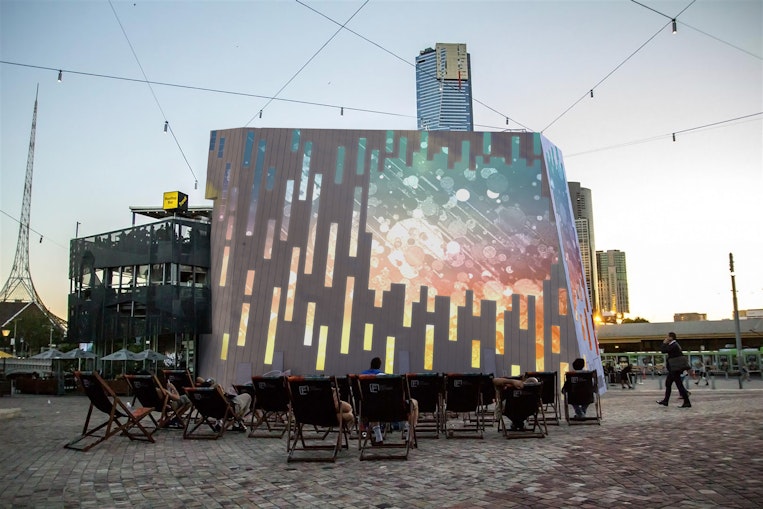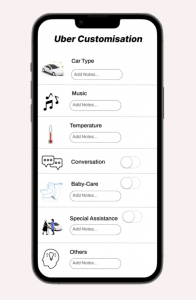Yuyan Gan
s3554416
https://www.mediafactory.org.au/yuyan-gan/2022/05/27/seeing-the-invisible-media-placemaking/
Seeing the Invisible is an augmented reality contemporary art exhibition initiated by the Jerusalem Botanical Gardens in partnership with Outset Contemporary Art Fund, with the support of the Jerusalem Foundation. The app is a derived product from the exhibition and is updated based on the original. The exhibition of “Seeing the Invisible” is the most ambitious and expansive exhibition to date of contemporary artworks created with AR technology and exhibited in 12 botanical gardens in six countries including Australia, Canada, Israel, South Africa, Britain and the United States for one year at the same time. Addressing themes of nature, the environment and sustainability, and exploring the boundaries and connections between art, technology and nature, the exhibition features 13 immersive virtual works by established.
The idea was born out of the pandemic and the purpose through the virtual interactions and use of mobile media to engage the public back to the outdoor to have fun with friends and family. Because during the period of COVID-19, we have increased our appetite for virtual interactions and for the great outdoors, because the only entertainment is electronic and we wish to go outside. This exhibition combines both. Tal Michael Haring has mentioned, “Coming out of the pandemic when outdoor experiences and nature have taken on a new meaning and gravity in our lives, this exhibition represents a fresh way for people to engage with art and nature simultaneously.” (Seeing the Invisible was co-curated by Hadas Maor and Tal Michael Haring. )
To improve and enhance the interactivity function of the original app, I have added two functions: social and gaming function. The first one is the AR message chat, Users can send AR messages and use the paper airplane function to launch in the specified direction. The paper airplane will be received by different users all over the world. At the same time, users can also view and reply to paper airplanes thrown by others which makes chatting more novel and interesting. Actually, the augmented reality is not a new function appearing in the social media. An app called Spotselfie has been using AR to enhance the online experience by blurring the divide between the real and virtual world. Besides, Tom Jones argues that AR technology can enhance sociality and many social media users see AR as a fun and engaging tool, particularly in the way we new communicate and interact as a society. The second function is that the user can take the artist’s work as the drawing board, and the application has provided an opportunity for the user to make the second creation of the work with the artist on the original art product. After publishing in the community, others can see the graffiti when they come across this artwork, and they can also re-create it on this basis. Although, I have mentioned that I do not want to develop the function of the game interaction, because I hope the visitors can focus more on the artists’ works. Therefore, in order to enhance more diverse experiences and also consider bringing the visitors’ immersive experiences to a new level, which derive this idea: the users can become more immersed in the artwork through the process of creation, it not only increases the enjoyment, but also keeps the audience paying attention to the exhibition, make every user as a soul artist.
With the development of technology, AR technology will be more commonly used in the future of our life, and make our life become more colourful and meaningful. Just same as this time, by using the interesting way to encourage us back to the outdoor to have fun after the pandemic.


























